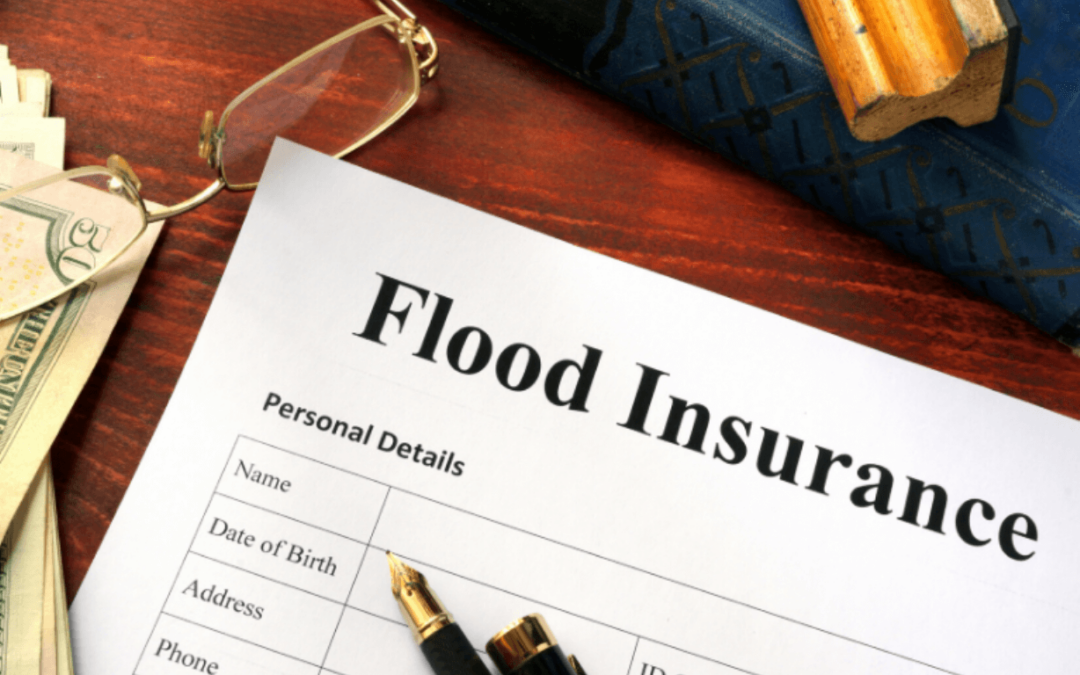When it comes to flood insurance, consumers now have more options than before. The National Flood Insurance Program (NFIP) has been the main source of flood insurance policies since the program began in 1968. There is little room for customization of NFIP coverages and there are no competitive rate options, as the structure is set by the government. Within the last few years, a new player has emerged in the Flood Insurance game – private flood insurers.
What is Private Flood Insurance?
While the NFIP is a program funded and backed by the federal government, private flood carriers are independent sectors. These insurers have their own reinsurance programs and do not have to abide by the requirements set by FEMA for policies written through the NFIP. Private insurance companies generate a premium that more accurately reflects the flooding risk unique to each property. This rating structure allows consumers to shop their flood insurance to find the best rate.
Coverage Differences
When it comes to comparing the two types of flood policies available, the most notable differences are the coverage options. Through the NFIP the maximum building coverage provided is $250,000. If the replacement cost for your property is more than that amount you would need to purchase an excess coverage policy to have full coverage. Private flood carriers can provide up to $1 million in building coverage, with some offering even higher limits.
Private flood companies also offer many additional coverages that FEMA policyholders do not have access to. For replacement cost, this valuable coverage is only available for primary residences under the NFIP. All other property types as well as contents are covered at actual cash value. However, private flood carriers give the option to add replacement cost coverage for contents and secondary residences.
Other optional coverages available only through private flood are:
-
Additional living expenses
-
Pool repair and fill
-
Business income coverage
-
Enhanced coverage for detached structures
Waiting Periods
The second major difference between FEMA flood insurance and private flood is the waiting period for your policy to go into effect. Through the NFIP there is a mandatory 30-day waiting period from the date of payment to the date your coverage begins. An exception is made for loan closing requirements. The maximum waiting period under a private flood policy is only 15 days, with some companies allowing coverage to go into effect immediately.
Other Considerations
Flood insurance is an investment you are making towards protecting your property, so it’s important to be completely informed when making this decision. The NFIP is required to be reauthorized by the government every so often. Most recently, the program was extended through September 2020. If the NFIP were to expire, no policies through the program could be written or renewed.
Since private flood carriers do not have to follow FEMA regulations, their rates can fluctuate often. However, since there are multiple carriers you always have the option to shop your flood coverage with other companies should your renewal increase. Private flood policies also do not have surcharges that are added on for those insured under the NFIP.
Contact National Flood Insurance
Whether you are interested in an NFIP policy or private flood, National Flood Insurance LLC is here for all of your flood insurance needs. Our flood experts can make sure you have the best coverage and are receiving any available discounts to save you the most money. Contact our team with any questions you may have regarding your flood coverage.


